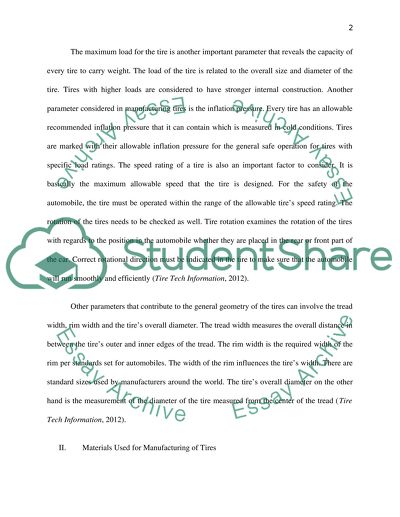Cite this document
(“Compression Molded Tires Assignment Example | Topics and Well Written Essays - 1500 words”, n.d.)
Compression Molded Tires Assignment Example | Topics and Well Written Essays - 1500 words. Retrieved from https://studentshare.org/engineering-and-construction/1459777-product-technology
Compression Molded Tires Assignment Example | Topics and Well Written Essays - 1500 words. Retrieved from https://studentshare.org/engineering-and-construction/1459777-product-technology
(Compression Molded Tires Assignment Example | Topics and Well Written Essays - 1500 Words)
Compression Molded Tires Assignment Example | Topics and Well Written Essays - 1500 Words. https://studentshare.org/engineering-and-construction/1459777-product-technology.
Compression Molded Tires Assignment Example | Topics and Well Written Essays - 1500 Words. https://studentshare.org/engineering-and-construction/1459777-product-technology.
“Compression Molded Tires Assignment Example | Topics and Well Written Essays - 1500 Words”, n.d. https://studentshare.org/engineering-and-construction/1459777-product-technology.


